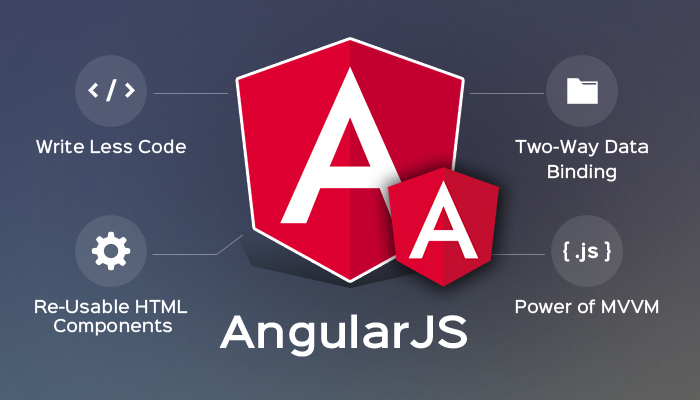 Calling all Angulars! Angular 6 is out a noteworthy discharge from Team Angular.
Calling all Angulars! Angular 6 is out a noteworthy discharge from Team Angular.
Incredible new highlights, irritating bug fixes and considerably more, the most recent Angular Version holds new energizing things for us.
Angular is a standout amongst the most prevalent JS Frameworks for creating web and versatile applications. In a solitary sentence, Angular is a solitary structure for portable and work area.
Starting today, around 450K individuals scan for “Angular” every month. Envision what number of utilization it.
Given the way that Google effectively keeps up Angular, the tooling and backing are excellent. The most recent Angular adaptation came extremely close to its ancestor discharge, still somewhat later than the Angular designer network was anticipating.
To recap, Let’s first take a gander at what the Angular variant 5 offered us.
Angular 5
Angular 5 appeared on November 1, 2017. With the guarantee of speed and a littler size, it gave us the accompanying highlights.
The HttpClient
One of the best-foreseen changes from rendition 4.3 was having the option to bid a fond farewell to the Http library.
Rather, they presented the HttpClient API, which is quicker, more secure and proficient than its forerunner. In spite of the fact that this API accompanied the 4.3 form update, as of Angular 5, Http library was devalued.
Some Great Benefits of the HTTP client API
Reaction body gets to included help for JSON types and was composed synchronously.
JSON turned into an expected default and never again must be parsed expressly.
With the utilization of Interceptors, you could utilize middleware rationale and addition it in the pipeline.
Solicitation/reaction objects were permanent.
Solicitation transfer and reaction download could use advance occasions.
Different Export Aliases
In the past rendition, when you sent out segments you could just give them one name. With Angular 5 you could give different names to your segments and orders when sending out them.
How was that useful?
By sending out a segment with various names, you could relocate without breaking changes to those segments.
Internationalized Number, Date, and Currency Pipes. This expanded the institutionalization of the procedure of internationalization crosswise over programs and killed the need to utilize polyfills to accomplish this outcome.
Manufacture Optimization
One of my preferred things about Angular 5 is Build Optimizer. This is presumably the fundamental reasons that Angular 5 is quick and produces littler measured forms.
As the name recommends, you get an improved form of your application by size and speed.
Above all else, an update, Angular 5 creation assembles made with Angular CLI are enhanced as a matter of course. This, thus, diminishes the fabricate size and lifts the application load speed.
Compiler Improvements
Another upgrade adding to the snappiness of Angular 5 was the Compiler modifications. In Angular 5, the compiler bolsters steady assemblage. This gave quicker re-works of the applications, particularly for generation assemblies and arrangements with AOT (Ahead of Time).
Also, the compiler utilizes TypeScript changes, another component presented as a major aspect of TypeScript 2.3.
Angular 6
Angular 6 was discharged on May fourth, 2018. That is a half year after its ancestor’s (Angular 5) discharge. The features of Angular 6 incorporate the Angular Command Line Interface (CLI), The Component Development Kit (CDK) and the Angular Material bundle update. The wonderful finish, each of the three is dispatched as a major aspect of Angular 6, not separate updates.
How about we get to the dirty subtleties by first realizing that Angular 6 utilizes the RXJS library, so yahoo for receptive programming for the web!
Proceeding onward, this adaptation discharge is progressively centred around the tooling and backing instead of the entire system.
The Angular Material Design Library
Another Tree part is currently included the Angular Material Design Package and the Component Dev Kit. It enables you to picture tree structures in a progressively various levelled request, similar to a rundown of documents, for instance. These new tree segments come in both styled and unstyled variants, (Material’s tangle tree) and’s (cdk-tree) individually.








 Calling all Angulars! Angular 6 is out a noteworthy discharge from Team Angular.
Calling all Angulars! Angular 6 is out a noteworthy discharge from Team Angular.